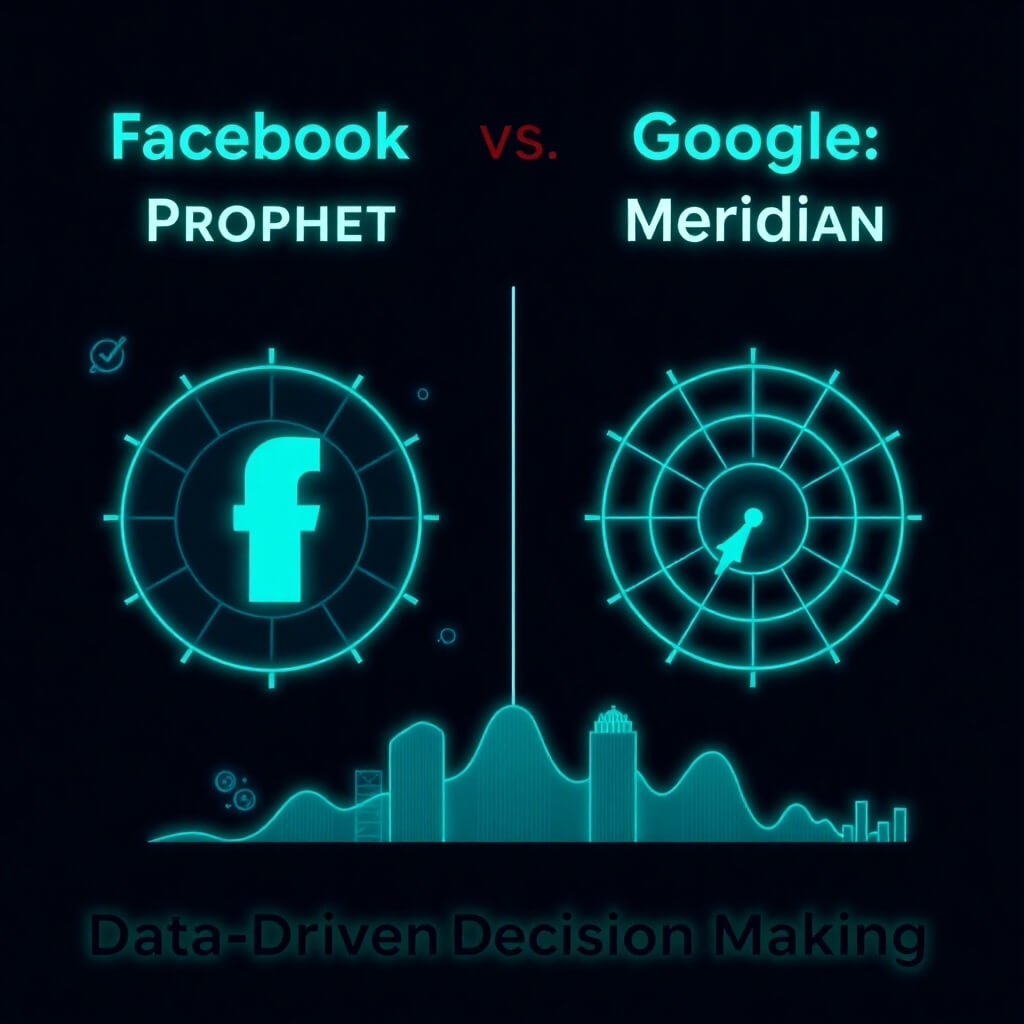Every once in a while I get an email from someone asking a question where the resulting answer creates a good blog post. So recently an attendee to one of my digital marketing seminars asked the following and here is how I responded.
Question
Thank you very much for your seminar. I found it EXTREMELY helpful and useful. I’m actually using several of the slides in a Digital Marketing Master Class that I’m conducting for my stakeholders. I feel like I have a good handle on everything, but would like some more elaboration on one topic…with regards to Optimizing and tracking what matters…can you talk a little more about “Accept that the Data is directional”? How can I best explain this to my stakeholders?
Answer
I am very happy you enjoyed the seminar! So, in regards to your question no problem – below are some quick bullets. I hope they help! Call me if you want more information or elaboration.
– Online tracking data is not 100% accurate
– This includes web analytics (Omniture, Google Analytics, etc.) and campaign tracking (Dart, Mediaplex, etc.)
– Also, 2 systems will rarely, if ever, display the same results when tracking the same site or campaign
– But this is totally ok as tracking does not need to be 100% accurate – its purpose is not to act as your account system
– The data is really meant to be directional
– The purpose is to allow marketers to make Fact Based Decisions to optimize their activities in the short, mid and long term
So for example, typical direction data will tell you:
- If your spending money on the right sites or keywords by tracking the resulting traffic and actions from those placements
- That way you can pull money from non-performers to redirect into performers
- What creative (banners, ad copy, etc.) generates the most clicks and highest click rates
- So you can pull the no-performing creative and learn what works
- If your landing pages are performing or which ones in an A/B test do better
- So you can optimize post click conversion and engagement
- How much organic traffic you are getting to your site
- So you can see if your offline ads or SEO are creating a lift in non-paid traffic
- What paths and online site elements create conversions
- So you can make sure those elements and paths are surfaced and optimized
If you data is not 100% accurate, if you have two systems that don’t line up perfectly (under 10% variance) don’t spend a lot of time trying to figure it out.
- Focus on using the data to invest your time into identifying what really works according to the data
- Then optimize by focusing your time, resources and budgets into those things that work
- Escalate your insights into other mediums and opportunities
So, if you have ever dealt with questions or challenges around your campaign reports and web analytics not lining up – don’t sweat it too much. If the variance is in an acceptable range, accept that data is directional!





